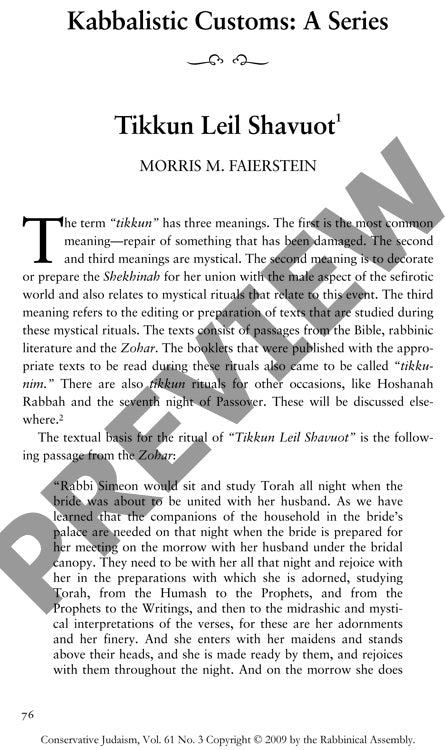Kabbalistic Customs Tikkun Leil Shavuot
Couldn't load pickup availability
A mystical ritual born in sixteenth-century Turkey would transform Jewish religious practice across the world. Through close analysis of the Zohar, historical letters, and liturgical texts, the evolution of Tikkun Leil Shavuot—the practice of studying Torah throughout the night of Shavuot—reveals how esoteric kabbalistic concepts became mainstream Jewish custom. The ritual's textual foundations emerge from Zoharic passages describing mystical preparation of the Shekhinah for divine union, but its first documented practice occurred in 1534 when Joseph Karo and Solomon Alkabetz conducted an all-night study session in Adrianople. The custom ingeniously synthesizes midrashic imagery of Shavuot as a divine-Israelite marriage with complex kabbalistic sefirotic symbolism. Influential works by Isaiah Horowitz and Nathan Hannover popularized the practice, leading to specialized liturgical booklets by the mid-seventeenth century. By the late 1600s, what began as an elite mystical ritual had become firmly established in mainstream Jewish religious life, demonstrating how kabbalistic innovations could successfully transition into widespread observance.

More Information
-
Physical Description
-
Publication Information
Published 2009
ISBN
-
Publication Credits
Morris Faierstein

